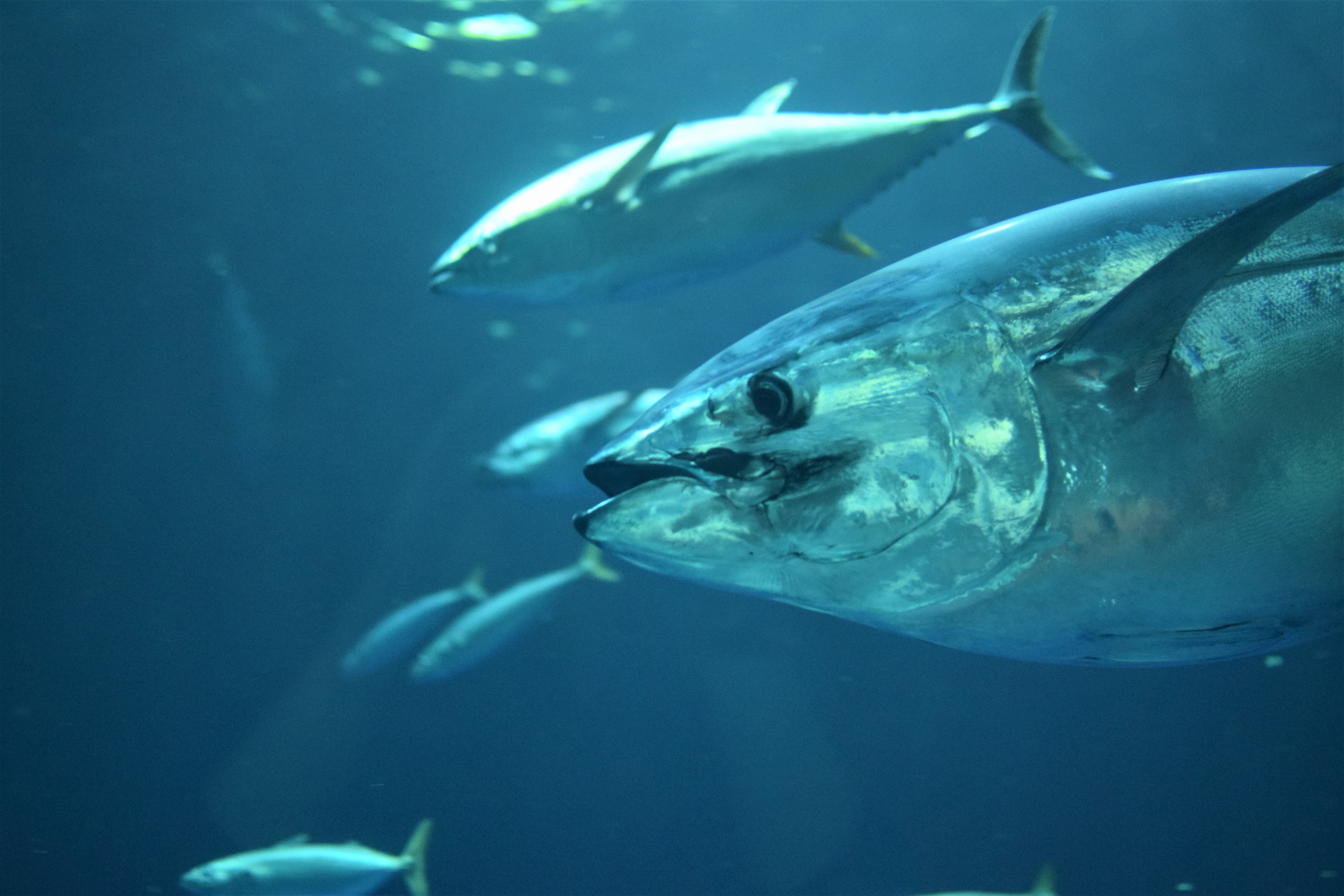About
Fisheries worldwide are currently managed such that human behavior is the only thing being controlled; managers can implement policies that dictate how many fish an individual can catch, but they have no control over the dynamics of the populations being fished. While setting controls on human behavior is the standard for fisheries management, there are still many unknowns when it comes to the human aspect of management. Because it is impossible to experiment with people and fishery policies in real time, evaluating these knowledge gaps can be difficult.
Alongside research partners, we developed a series of adaptive ecosystem-based fisheries management (EBFM) approaches that can be applied in diverse contexts. A major component of this project was the development of an agent-based modeling (ABM) tool, which was used to simulate fisher behavior and inform management strategy evaluations. We forecasted vessel behavior using the ABM under a range of policy and ecological scenarios. We applied the ABM to design ecosystem-based fishery management strategies for both industrial and small-scale fisheries in developing countries that are faster, simpler, and more cost effective, with built-in resilience to environmental changes.
